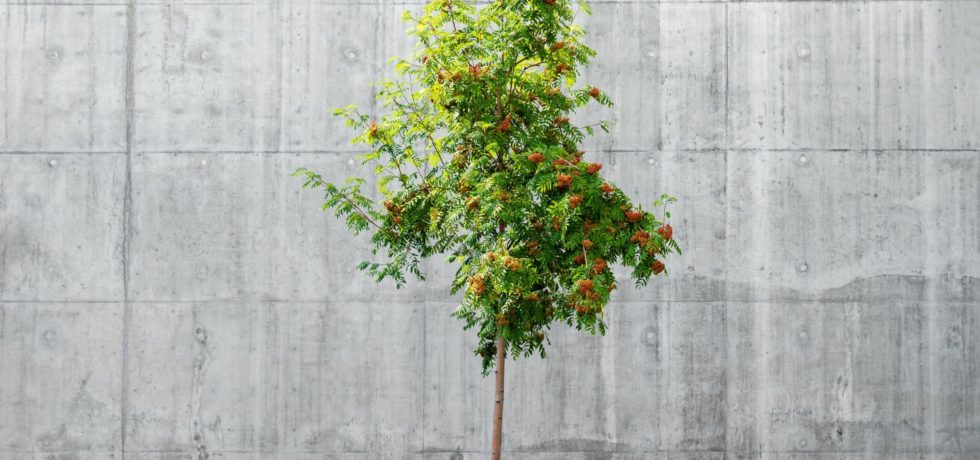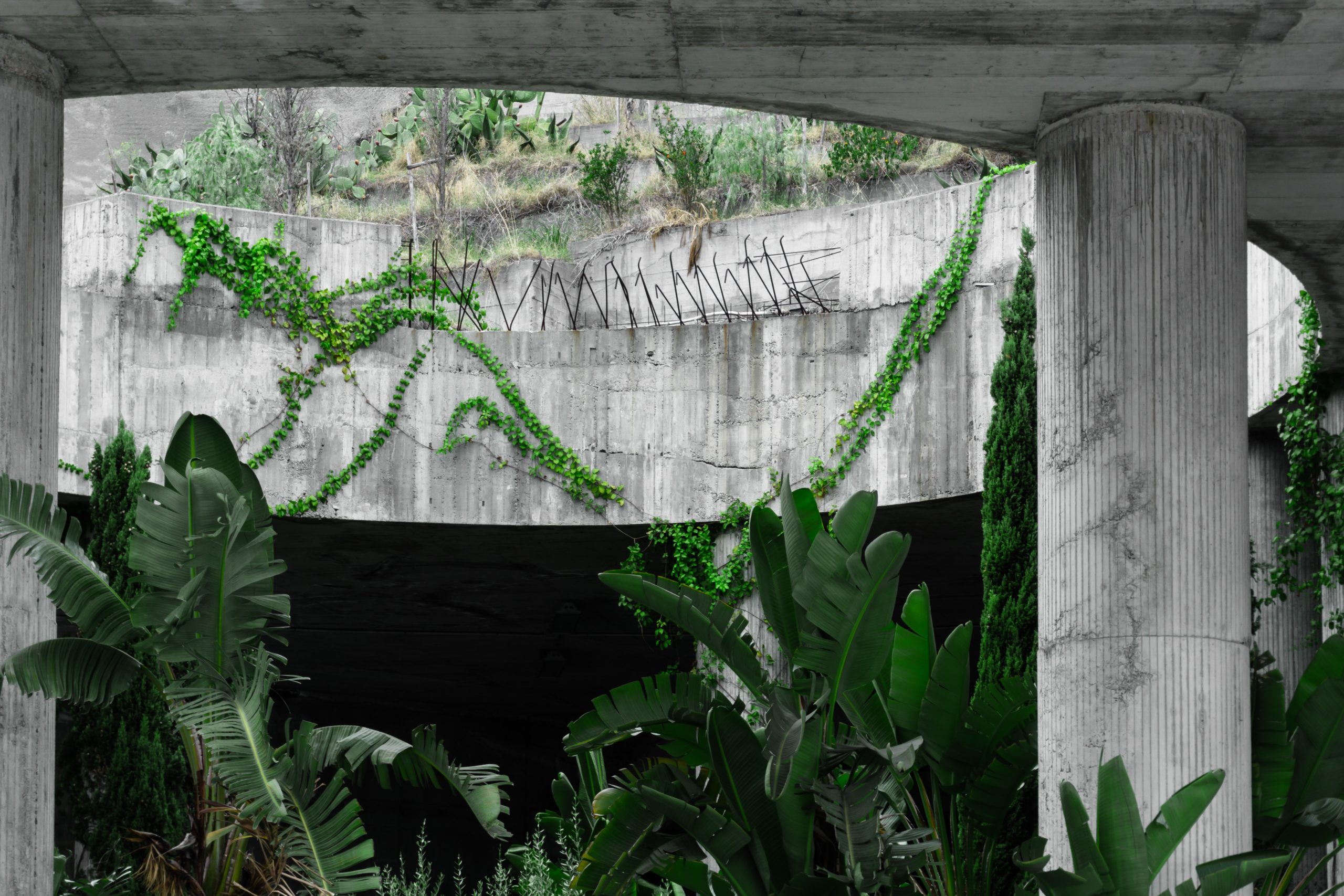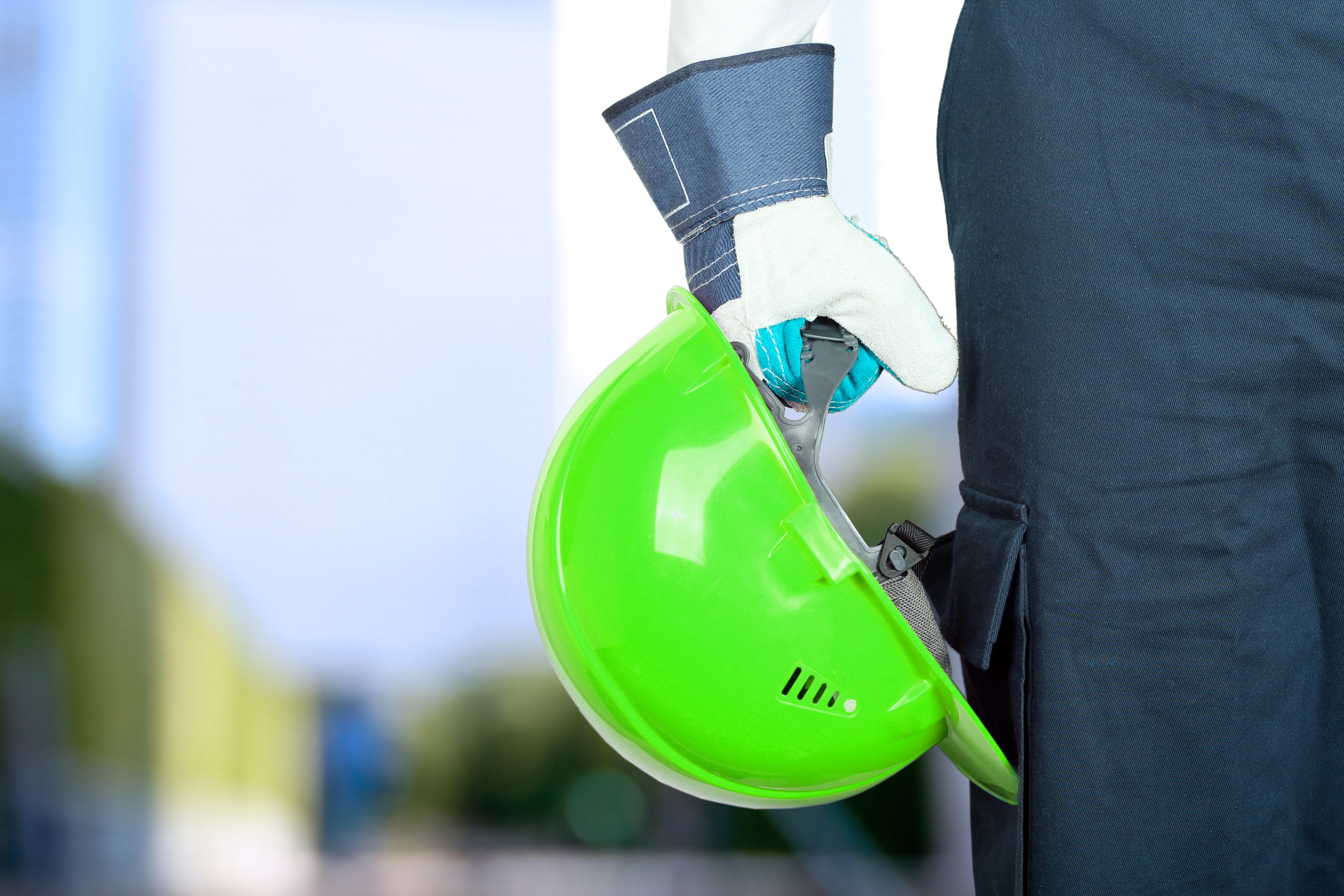Lately, more and more companies in the concrete industry are starting to come out with their own low-carbon concrete mixes. For instance, several companies that range from Nova Scotia, Canada, all the way to North Carolina in the United States of America (USA) have started to experiment with how they develop their concrete. And in one case, the American division of a large European company managed to create a mix that lowers the carbon in concrete by 30%.
With all this interest in greener concrete mixes, you may wonder if this is a trend you yourself should follow. But we believe it will be more than a trend. Soon, it will likely be a necessity. To give you an idea of why that is (and how we can help), let’s explore the main reason for its increasing popularity.
So, Why Low-Carbon Concrete?
There are a number of reasons. But the biggest is simply that regular concrete is the cause for at least 8% of the world’s carbon emissions. That’s a significant chunk of pollution that comes with a number of expenses. The most obvious is the cost of environmental damage. This not only lowers the quality of the air and more in nearby areas, but it also makes creating concrete much more expensive. After all, many countries employ some sort of carbon tax, adding to construction costs. And it takes a lot of energy to produce the cement in the concrete, adding even more to the budget.
In response, the industry has looked for alternatives to reduce the environmental and financial impact of concrete construction. They soon found they could minimize it significantly through the use of by-products. These would replace some of the cement used in concrete, lowering how much energy companies would use up to produce concrete slabs. So they’d substitute some of their concrete’s cement with materials that would otherwise go to landfills. These include materials such as fly ash and slag.
Unfortunately, these materials are becoming harder to get. This is mainly due to green efforts from a number of countries. As they look for less environmentally harmful solutions, they stop creating by-products like fly ash.
So construction companies are now looking at other ways they can reduce carbon emissions in concrete. That’s where low-carbon concrete comes in.
While it can be more expensive, it makes pollution less of an issue. Some companies even consider it a valuable way to create their own specialized low-carbon mix. After all, this gives them a way to differentiate themselves in the market and potentially win more projects that need more environmentally friendly construction.
Low-Carbon Concrete May Soon Be a Federal Standard in Canada
While currently, low-carbon concrete is a choice, some places are looking to make it a requirement.
One such place could soon be Canada, in fact. According to POLITICO Magazine, the federal government there is aiming to create a set minimum standard for the carbon footprint of concrete used in federal projects. It’s a regulation meant to lower the number of greenhouse gas emissions the country produces.
Though, You Don’t Have to Worry about It Just Yet
You won’t see any drastic changes this year, however. Instead, this is the desired plan for 2021. Starting that year, the federal government plans to use concrete with cement that produces 10% fewer emissions than regular cement. They’re even considering expanding it to include a limit on the carbon intensity of the concrete they purchase. And they may also ask for the concrete to come with an assessment of its environmental impact.
Still, It’s a Standard That Many Are Pushing For
It’s a direction that organizations like the Cement Association of Canada have been advocating for the past several years.
While the Canadian government hasn’t been silent in the fight against pollution, many feel like there are additional actions the government could take. As the president of the Cement Association of Canada notes, “there are other options out there to reduce greenhouse gases at no cost to the taxpayer.”
More specifically, the association president believes that replacing regular cement with Portland limestone cement would fit the federal government’s new standards. So that’s something you may want to consider for your own construction.
Still, there is no timeline for any of these standards just yet, only the expected year of 2021. With that in mind, it can be easy to view this plan as a fleeting idea or as a passing fad. But is it?
Others Only View This as a First Step
The Cement Association of Canada is only one organization. However, they are a significant one in the construction industry. And they have been persistent in popularizing the use of low-carbon concrete. So to them, the federal government’s current considerations are just one step. Eventually, they’d like to see federally funded provincial and municipal projects also make use of a low-carbon concrete requirement.
They aren’t the only ones with this interest either. A researcher from the Institute for Sustainable Development and International Relations commented to POLITICO Magazine that the government can cut down even more emissions than what they’re already suggesting. For instance, companies could add more ground limestone to their cement, which would reduce emissions up to 30%.
It Certainly Isn’t a Trend That’s Stopping Any Time Soon Either
But what about outside of Canada? We’ve clearly seen a lot of interest from Canadians. Can we say the same for other countries?
All you need to do is look south of Canada to see that this trend has definitely spread. Even in the USA, green and sustainable construction has become more than just a fringe outlier. In fact, ConstructConnect reported that both the demand from the American market and the client base have played a big part in making that happen. As a result, several states now have green requirements for state-funded public construction and renovations. These include Maryland, Washington, and Colorado.
For low-carbon concrete requirements specifically, we shouldn’t overlook California. Under this state, the Marin County founded the first low-carbon concrete code in the USA.
And of course, there’s even the International Green Construction Code. So it’s clear that the demand for environmentally friendly construction will only continue to grow as more countries come up with greener requirements.
But We Can Help You Navigate These Greener Waters
So, we know this green trend isn’t likely to stop. Where do you go from there?
Luckily, there are options for low-carbon concrete mixes available out there for you as we mentioned earlier.
But what about when you’re waterproofing?
You might initially consider traditional methods like external waterproofing membranes. But these won’t earn you any points in the environmentally friendly department. After all, they are typically petroleum-based and applied using adhesives with highly volatile organic compounds (VOCs). And if you’re not careful, the chemicals from these membranes can leach into and contaminate the surrounding ground soil and water.
All in all, it’s not the best tool to use for green waterproofing. But what else can you use?
Just Try Our Environmentally Friendly Waterproofing Solutions
That’s where we can help! We offer a complete waterproofing system using Krystol® technology. This technology allows us to create solutions that turn your concrete into its own waterproof barrier. For instance, our Krystol Internal Membrane™ is an admixture that can come in its own pulpable bag. So there’s no need for surface applications or extra waste at all. And there’s no concern over the use of petroleum or VOCs. You just add the admixture and its bag to your concrete mix. From there, the admixture’s Krystol technology will chemically react to any presence of water in the concrete, forming needle-like crystals that interlock and grow to block any pathways for water.
They Even Help Keep Joints and Details Watertight
We can also help you waterproof joints and details with our Krystol® Waterstop System. This involves grout, a waterproofing slurry, a swelling waterstop, and a crack-inducing waterstop.
All of which allows you to create a fully watertight structure with green concrete. In fact, with KIM and other Krystol waterproofing products of ours, you can ensure that your structures are safe to use with potable water and are eligible for points in the Leadership in Energy and Environmental Design Program.
You can even reuse Krystol-treated concrete. So if you want to recycle it after a demolition, you can, eliminating any concrete waste.
That way, you can still meet those low-carbon concrete needs and keep your structure safe from water ingress.









